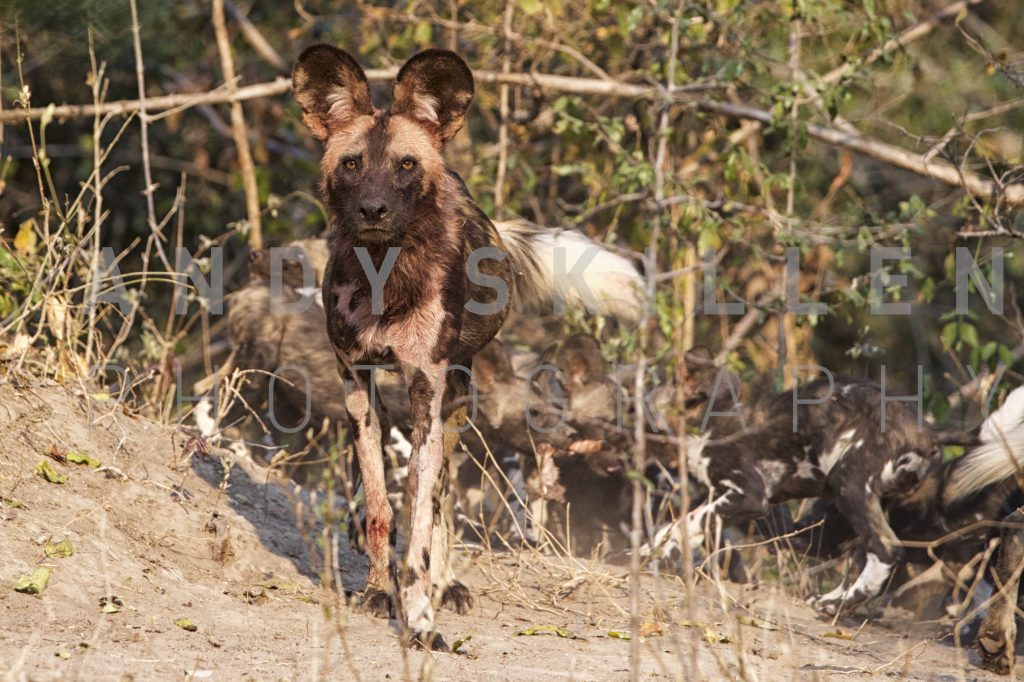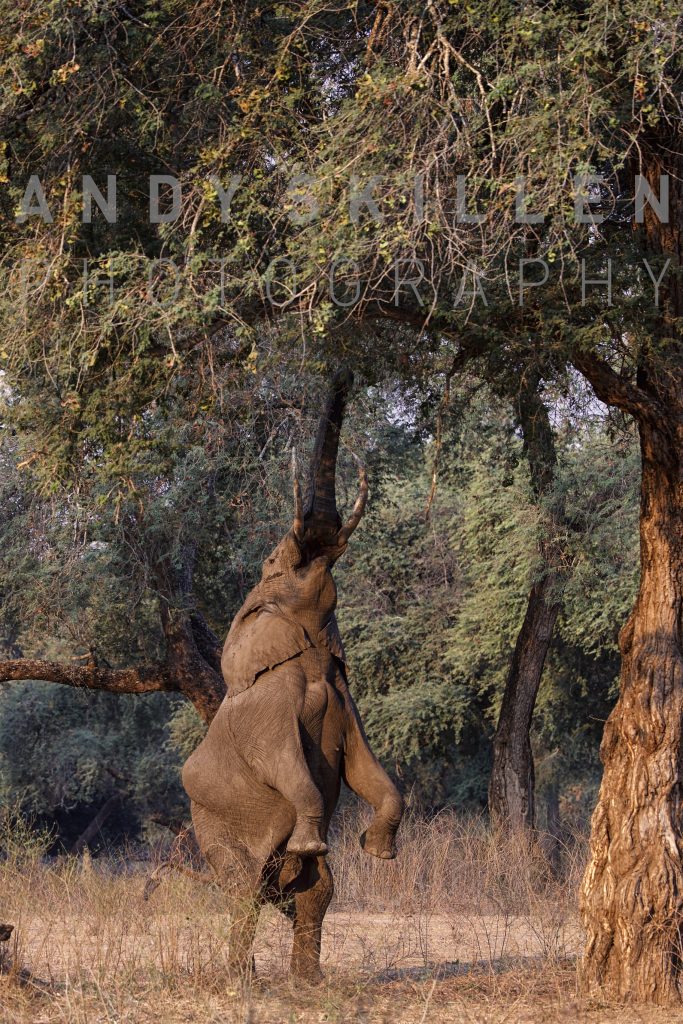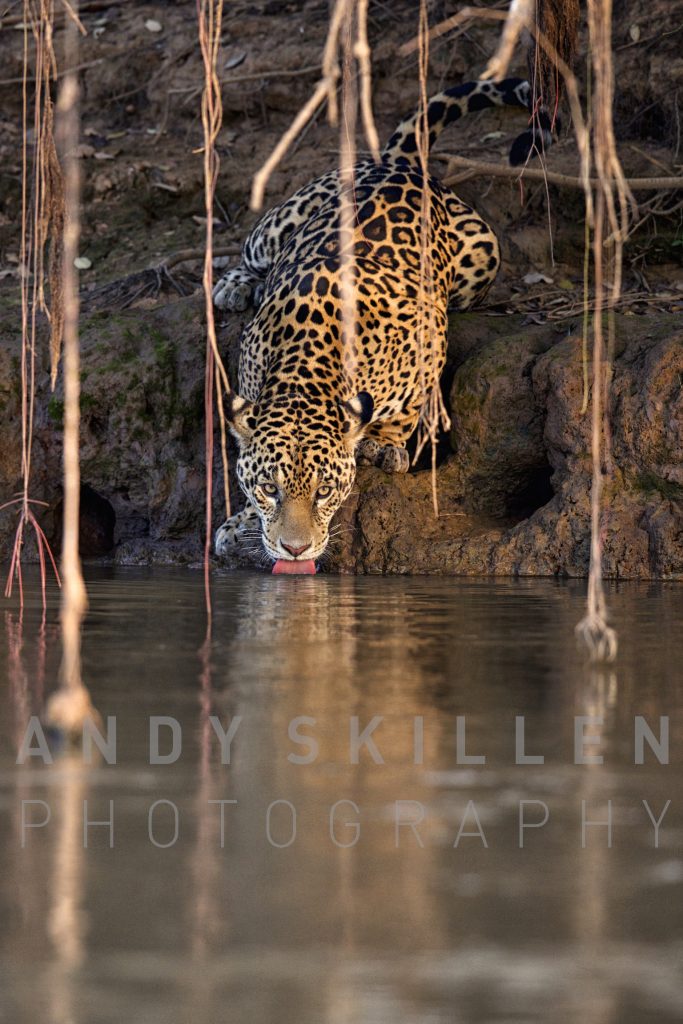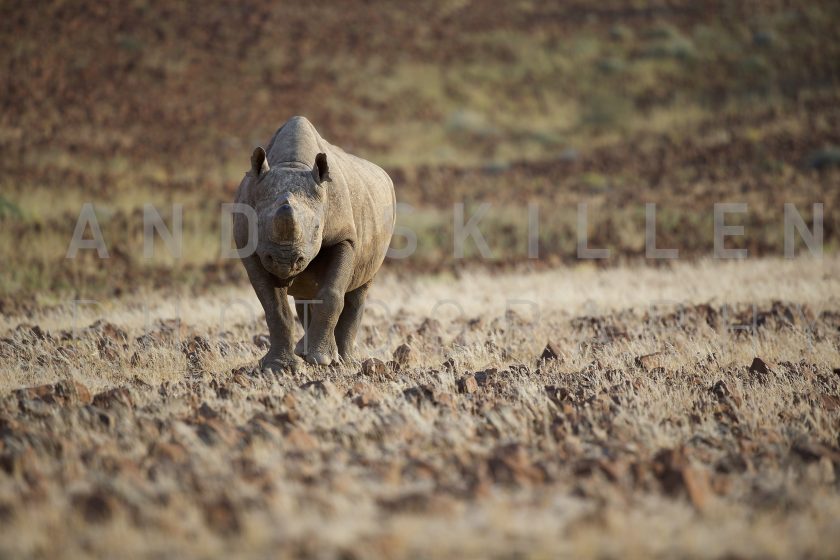It’s been a busy few months that’s for certain! Having been travelling extensively in Namibia, Zimbabwe and Brazil over the last 10 weeks or so, I’m now playing catch-up on all things administrative before the autumn kicks in. Indeed, I sit here now, coffee steaming to my left, on the eve of a full-day workshop with the Cheam Camera Club (UK) tomorrow (16th September), followed by a Nat Geo workshop in London the following day and then it’s off back to Zimbabwe on Friday to finish off my wild dog project, and head onto Zambia to escort a group through South Luangwa. Added to that, it’s a quick break back at home for a week or so, and then off to Manitoba for polar bear season and a few weeks guiding photographers out on foot in some of the most fantastic tundra anywhere.
Still…I guess I can’t say life is dull!
Alone in the desert
Namibia proved to be an extremely successful trip, and I spent the entire time roaming the far northwest in search of the only free-ranging black rhino left on the planet. Even in this remote corner, however, the scourge of poaching has struck in the last few years and it was a sobering thought as we searched these remote deserts high and low for signs of life. Rhino belong here – indeed, many see it as the cradle of all things horned, as it were. It is from here, this reservoir that black rhino were once hoped could re-colonise their former ranges. However, unless these bloody idiots stop pushing to buy rhino horn – fingernail basically – in the Far East, then the fight will have to go on to save them.
The Namibian government has taken the drastic measure of dehorning much of its rhino population in an attempt to discourage poachers, and some say that it has had a positive effect. For me, though, the jury is out. Firstly, poachers who spend days tracking an animal will still most likely kill it so as not to waste time tracking it again, and, secondly, the horn grows back. As such, you have a lot of flat-top rhinos ambling about, still with a nub of commercially-viable horn. For me the only cure is to stop the demand, and I will continue to fight for this alongside the likes of Save the Rhino Trust – ably supported by David Shepherd Wildlife Foundation – for as long as I have a memory card in my camera.
Into Zim…
After Namibia, came Zimbabwe, and an even rarer species – the African Hunting Dog. This most beautiful of all predators with its multi-coloured coat has b een persecuted for as long as man has encountered it. Needing large ranges and roaming in sizeable packs, the dogs have been the victims of indiscrimination snaring and poisoning all over Africa, and only a few strongholds remain. Indeed, the Zambezi valley, especially the Zimbabwe side, has a fantastic density of dogs, and despite the human pressures – and those invoked by a rising lion population also – they thrive here. For me, wild dogs are the most special of all Africa’s animals; a few thousand roam Eastern and Southern Africa, and yet despite their rarity and the delight they provide with their communal antics, they are far from the list of “wants” for most would-be safari types. What a shame that is. I was fortunate to work with the guys at Vundu Camp and spent many days sat – yep it was all done on foot – just metres away from a den containing 11 pups and 15 adults, watching their comings and goings whilst they eyed me with nothing more than mild curiosity.
een persecuted for as long as man has encountered it. Needing large ranges and roaming in sizeable packs, the dogs have been the victims of indiscrimination snaring and poisoning all over Africa, and only a few strongholds remain. Indeed, the Zambezi valley, especially the Zimbabwe side, has a fantastic density of dogs, and despite the human pressures – and those invoked by a rising lion population also – they thrive here. For me, wild dogs are the most special of all Africa’s animals; a few thousand roam Eastern and Southern Africa, and yet despite their rarity and the delight they provide with their communal antics, they are far from the list of “wants” for most would-be safari types. What a shame that is. I was fortunate to work with the guys at Vundu Camp and spent many days sat – yep it was all done on foot – just metres away from a den containing 11 pups and 15 adults, watching their comings and goings whilst they eyed me with nothing more than mild curiosity.  To see and approach wild dogs on foot is an incredible experience photographically, and if you’re interested, I can get this organized for you too. Imagine sitting by a wild dog den, as they come to sniff your boots…instead of chasing them through a 600mm lens from a vehicle! In addition to the dogs, Mana Pools – where I was located – is host to some fantastic tuskers and I had a great time in between following the dogs watching some of the valley’s more famous bulls standing on their hind legs to reach into the acacia trees. I can’t wait to get back there next week!
To see and approach wild dogs on foot is an incredible experience photographically, and if you’re interested, I can get this organized for you too. Imagine sitting by a wild dog den, as they come to sniff your boots…instead of chasing them through a 600mm lens from a vehicle! In addition to the dogs, Mana Pools – where I was located – is host to some fantastic tuskers and I had a great time in between following the dogs watching some of the valley’s more famous bulls standing on their hind legs to reach into the acacia trees. I can’t wait to get back there next week!
Nuts in Braz il!
il!
Cripes…it was hot! Having just got back from leading a group through the Pantanal, it’s nice to have a few cooler days in the UK! With the mercury hitting over 40 virtually every day, the conditions we were shooting in were extreme…but, the sightings were INCREDIBLE! In addition to the normal range of fantastic Pantanal wildlife, we ended up with 25 jaguar sighings of 14 individuals…providing some great photo opportunities for everyone. From our dedicated photo boat we also had the major advantage of built-in camera support, a small group of just six people, and space in which to work. Added to that, being out all day – despite the heat – meant we got some great encounters with cats during the middle of the day when everyone else had limped home for lunch. If you want to come with me next year, get in touch! I’ve just 2 spaces left for 2018 from a group of 6, and just 4 for 2019 on the same basis. This is one that is very much in demand!
Trips and stuff
Just to round up, I’ve only got a few spaces left next year now: 1 for Baffin Island, 4 for Zambia in August (just announced this one, see earlier posting), and 2 for Brazil. Everything else is full, and unfortunately my picture-taking workload means that is the limit for guided trips next year. There’s some options for unguided trips to Chile, India, Namibia and Zimbabwe if you’d like info – so let me know. Otherwise, I’ll see some of you at a talk I’m sure (6 to squeeze in before year-end!), a workshop, the Windsor Art Fair or perhaps at the Animals Asia Charity Gala in London where one of my polar bear images is being auctioned for a great cause!
